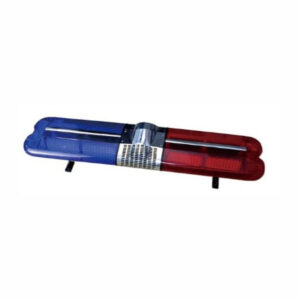
Description:
- Differentiation of light colors and their corresponding functions (e.g., red for emergency, white for scene illumination).
- Integration of sirens and sound accompaniments with the lighting system.
- Importance of audible signals in alerting other road users.
- Confirmation of compliance with local and national regulations regarding ambulance lighting.
- Adherence to standards for emergency vehicle lighting.
- Advantages of LED technology in ambulance lights.
- Energy efficiency, durability, and brightness compared to traditional lighting.
- Features for adjusting the intensity of lights based on different scenarios.
- Dimming options for nighttime use or in sensitive areas.
- Availability of various flashing patterns for emergency lights.
- Customization options to suit different emergency situations.
- Guidelines for using lights in accordance with emergency protocols.
